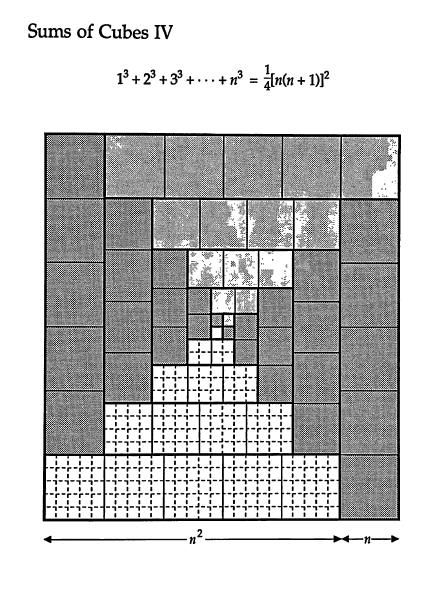- #1
mente oscura
- 168
- 0
Hello.
[tex]Let \ T \in{N} \ / \ T=odd[/tex]
Prove:
[tex]1^3+3^3+5^3+7^3+ ... +T^3=\dfrac{[T(T+2)]^2-1}{8}[/tex]
Regards.
[tex]Let \ T \in{N} \ / \ T=odd[/tex]
Prove:
[tex]1^3+3^3+5^3+7^3+ ... +T^3=\dfrac{[T(T+2)]^2-1}{8}[/tex]
Regards.

